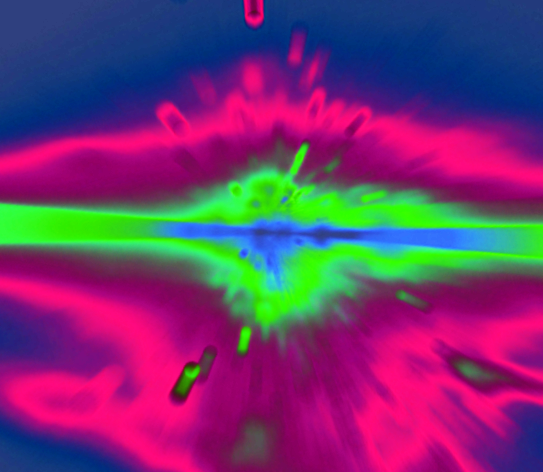Patents pass for new fusion
 Australian engineers have secured patents for a new kind of fusion energy generator.
Australian engineers have secured patents for a new kind of fusion energy generator.
A firm called HB11 Energy - which was formed by UNSW researchers - has secured intellectual property rights in Japan, China and the USA for a concept that they say differs radically from other experimental fusion projects.
The most common fusion energy approach is to heat Deuterium-Tritium fuel well beyond the temperature of the Sun (or almost 15 million degrees Celsius).
HB11 says that instead of heating the fuel, its hydrogen-boron fusion is achieved using two powerful lasers whose pulses apply precise non-linear forces to compress the nuclei together.
“Tritium is very rare, expensive, radioactive and difficult to store. Fusion reactions employing Deuterium-Tritium also shed harmful neutrons and create radioactive waste which needs to be disposed of safely. I have long favoured the combination of cheap and abundant hydrogen H and boron B-11. The fusion of these elements does not primarily produce neutrons and is the ideal fuel combination,” said UNSW Emeritus Professor Heinrich Hora.
Most other sources of power production, such as coal, gas and nuclear, rely on heating liquids like water to drive turbines.
In contrast, Professor Hora said, the energy generated by hydrogen-boron fusion converts directly into electricity allowing for much smaller and simpler generators.
Professor Hora’s reactor design is deceptively simple: a largely empty metal sphere, where a modestly sized HB11 fuel pellet is held in the centre, with apertures on different sides for the two lasers.
One laser establishes the magnetic containment field for the plasma and the second laser triggers the ‘avalanche’ fusion chain reaction.
The alpha particles generated by the reaction would create an electrical flow that can be channelled almost directly into an existing power grid with no need for a heat exchanger or steam turbine generator.
“The clean and absolutely safe reactor can be placed within densely populated areas, with no possibility of a catastrophic meltdown such as that which has been seen with nuclear fission reactors,” Professor Hora said.
With experiments and simulations measuring a laser-initiated chain reaction creating one billion-fold higher reaction rates than predicted (under thermal equilibrium conditions), the company believes it stands a high chance of reaching the goal of ‘net-energy gain’ well ahead of other groups.
“HB11 Energy’s approach could be the only way to achieve very low carbon emissions by 2050. As we aren’t trying to heat fuels to impossibly high temperatures, we are sidestepping all of the scientific challenges that have held fusion energy back for more than half a century,” said HB11’s managing director Dr Warren McKenzie.
“This means our development roadmap will be much faster and cheaper than any other fusion approach.”








 Print
Print